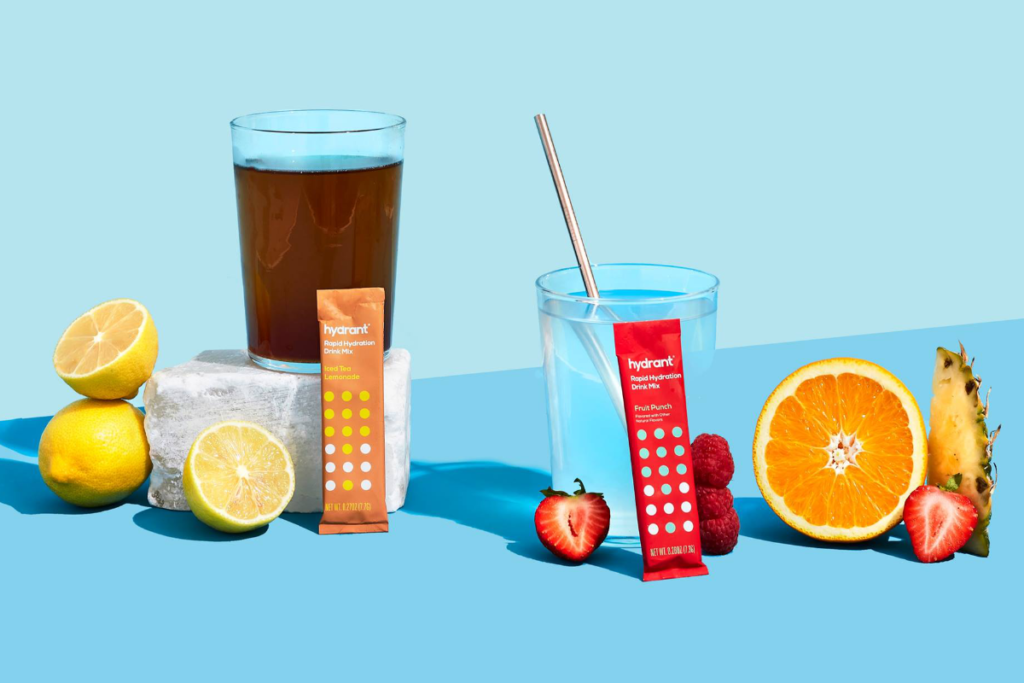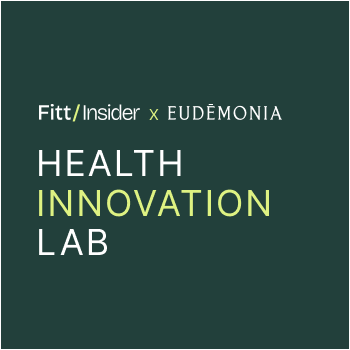Water is getting a makeover. More and more consumers are turning away from high-sugar and artificially flavored drinks and reaching for cleaner hydration options.
Leading the charge, Liquid I.V. has transformed the category with its clean ingredients, growing to $100M in revenue in just five years. (Of note, Gatorade saw sales drop nearly 10% since 2015.) Last year, Liquid I.V. was acquired by Unilever.
Following suit, Nestlé is acquiring electrolyte tablet maker Nuun as it continues to bolster its supplement portfolio.
With the hydration market expected to top $1.8B globally, upstarts are hoping to cash in:
- Hydrant raised a $8.5M Series A to sell its hydration packets.
- Cure Hydration landed $2.6M for plant-based electrolyte powders.
- beam entered the hydration space after its $5M Series A in February.
- Gainful, makers of protein powders and hydration products, raised $7.5M in January.
Hangover hack. Hydration companies have found an unexpected following from regretful revelers. With a billion dollars up for grabs, even Barstool is joining in, while toddler-drink maker Pedialyte has embraced its newfound label as a hangover cure.
With all this buzz, do hydration sticks and tablets actually work better than plain old H2O?
Experts say yes — hydration goes beyond drinking water, and electrolytes (sodium, potassium, and magnesium) in these products help your body absorb greater amounts of water at a faster rate while helping regulate crucial body functions.
Next up, a new wave of wearables. Gatorade launched its Gx Sweat Patch earlier this year. Researchers at Tufts and Northwestern have developed postage-sized sweat sensors that can track your hydration levels. And switching it up, sweat itself may power your next wearable.
Punchline: Functional hydration is a hot market, the latest in the healthy overhaul of what we put in our bodies.






